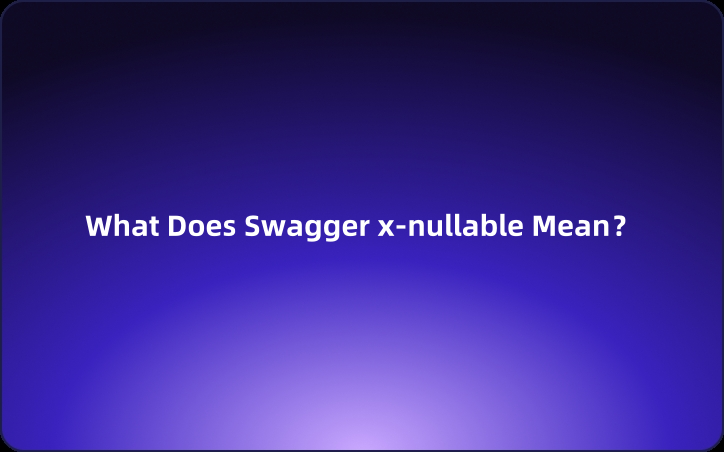What Does Swagger x-nullable Mean?
"Swagger x-nullable" is an OpenAPI extension that shows if a property can be null. It improves API documentation, code readability, and data validation. EchoAPI can further streamline API documentation with one-click generation, security, and IDE integration.
The term "Swagger x-nullable" refers to an extension keyword in Swagger or OpenAPI specifications used to indicate whether a property can be null or not. This extension is particularly useful for enhancing the expressiveness and clarity of API documentation by specifying the nullability of properties in API requests and responses.
Understanding Swagger x-nullable
Swagger is a well-known API description language that offers a standardized methodology for defining and documenting APIs. It allows developers to specify the data types and structures of API parameters and responses. x-nullable is one of the extensions introduced to enrich Swagger/OpenAPI specifications by explicitly indicating the potential nullability of properties.

How x-nullable is Used in Swagger Specifications
Placement: The x-nullable keyword is placed directly within a property definition.
Boolean Value: It takes a boolean value:
true: Indicates that the property can benull.false: Indicates that the property cannot benull.
Examples of Using x-nullable to Indicate Nullability
Example 1 - A Nullable Property
components:
schemas:
User:
type: object
properties:
name:
type: string
email:
type: string
age:
type: integer
x-nullable: true
In this example, the age property is marked as nullable, meaning it can be omitted or set to null in the API request or response.
Example 2 - A Non-nullable Property
components:
schemas:
Product:
type: object
properties:
id:
type: integer
x-nullable: false
name:
type: string
price:
type: number
In this example, the id property is marked as non-nullable, meaning it must be present and have a valid integer value in the API request or response.
Benefits of Using x-nullable

The x-nullable extension in Swagger provides a multitude of advantages for API design and development:
Improved Code Readability and Maintainability
Explicitly indicating whether a property can be null makes the API specification more understandable and easier to maintain, reducing the likelihood of errors.
Prevention of Unexpected Null Pointer Exceptions
Developers can handle null values appropriately, preventing runtime errors caused by unexpected null references.
Enhanced API Documentation and Understanding
The x-nullable keyword provides crucial information for API consumers, making it easier to understand the expected behavior of the API.
Better Data Validation and Error Handling
Specifying nullability requirements helps in implementing effective data validation mechanisms, ensuring that incoming data conforms to the expected format and avoiding errors.
Improved API Interactions
API consumers who understand the nullability of properties can make more informed decisions, avoiding unnecessary errors or unexpected behavior.
Best Practices for Using x-nullable

Use it Only When Necessary
Don't overuse x-nullable. Include it only when necessary to indicate that a property can be null. Overuse can make your API specification complex and harder to understand.
Consider Backward Compatibility
If introducing x-nullable in an existing API, be aware of backward compatibility issues. Marking previously required properties as nullable might confuse older clients. Consider providing deprecation notices or offering versioned APIs.
Handle Null Values Consistently
Ensure server-side code properly handles null values for properties marked as nullable, incorporating appropriate error handling, default values, or conditional logic.
Use Clear and Concise Documentation
Document the nullability of properties clearly in your API documentation to help consumers understand the expected behavior and avoid potential errors.
Consider Using Optional Types
In programming languages that support optional types (e.g., Optional in Java, Option in Scala), consider using them along with x-nullable for a more type-safe approach.
Recommendation for a Better API Documentation Tool
To enhance the efficiency of creating and managing API documentation and to improve user experience, it is recommended to use EchoAPI as an alternative tool. EchoAPI provides a range of powerful and flexible features that can significantly optimize the process of API design, testing, and documentation generation.
One-Click Documentation Generation
With EchoAPI, generating clean and concise API documentation is as simple as a single click. By using the "Share" button, you can quickly create and distribute documentation, with real-time updates ensuring that everything stays in sync with minimal effort.
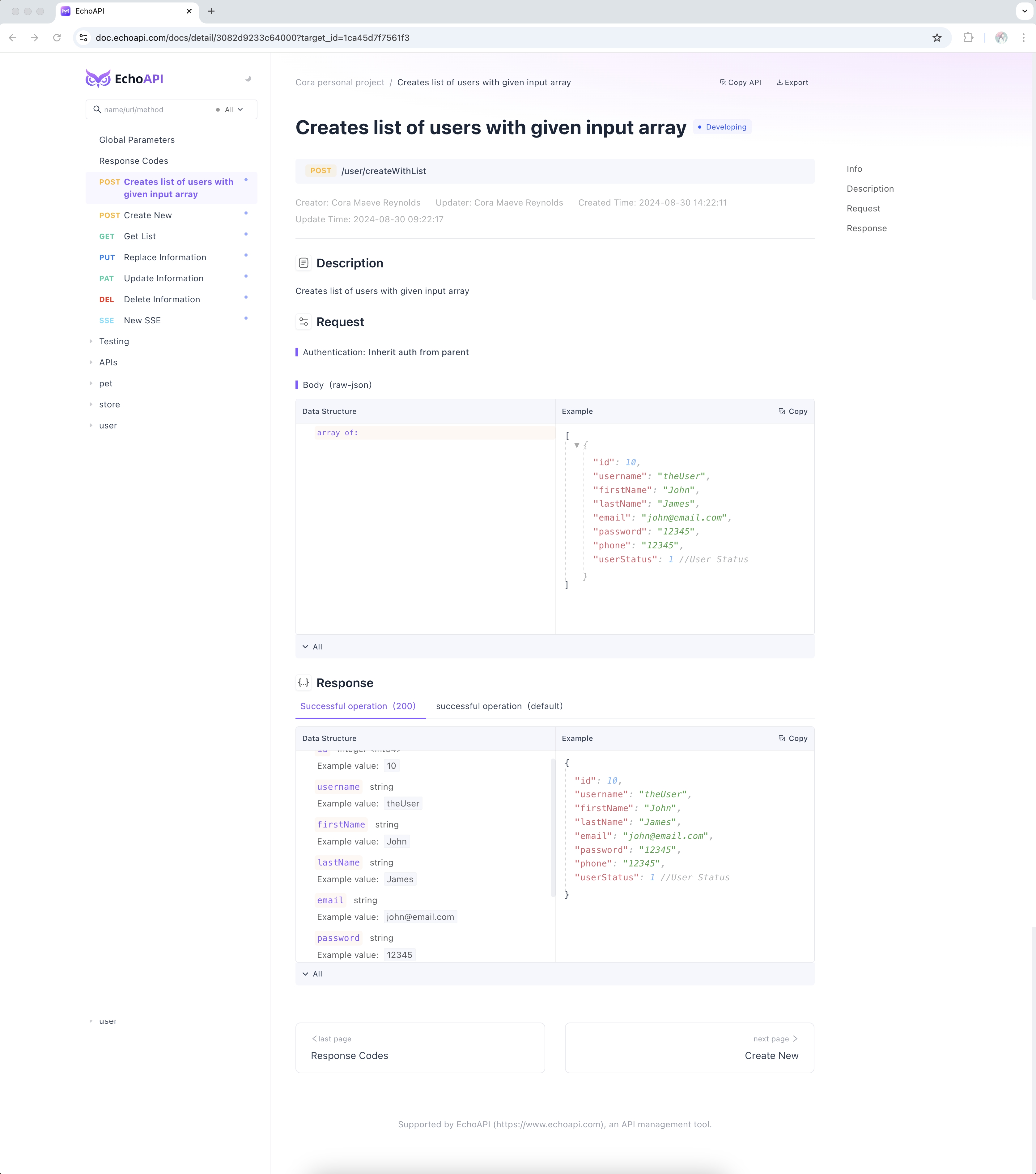
This one-click functionality has saved me countless hours, ensuring my documentation is always current and accurate.
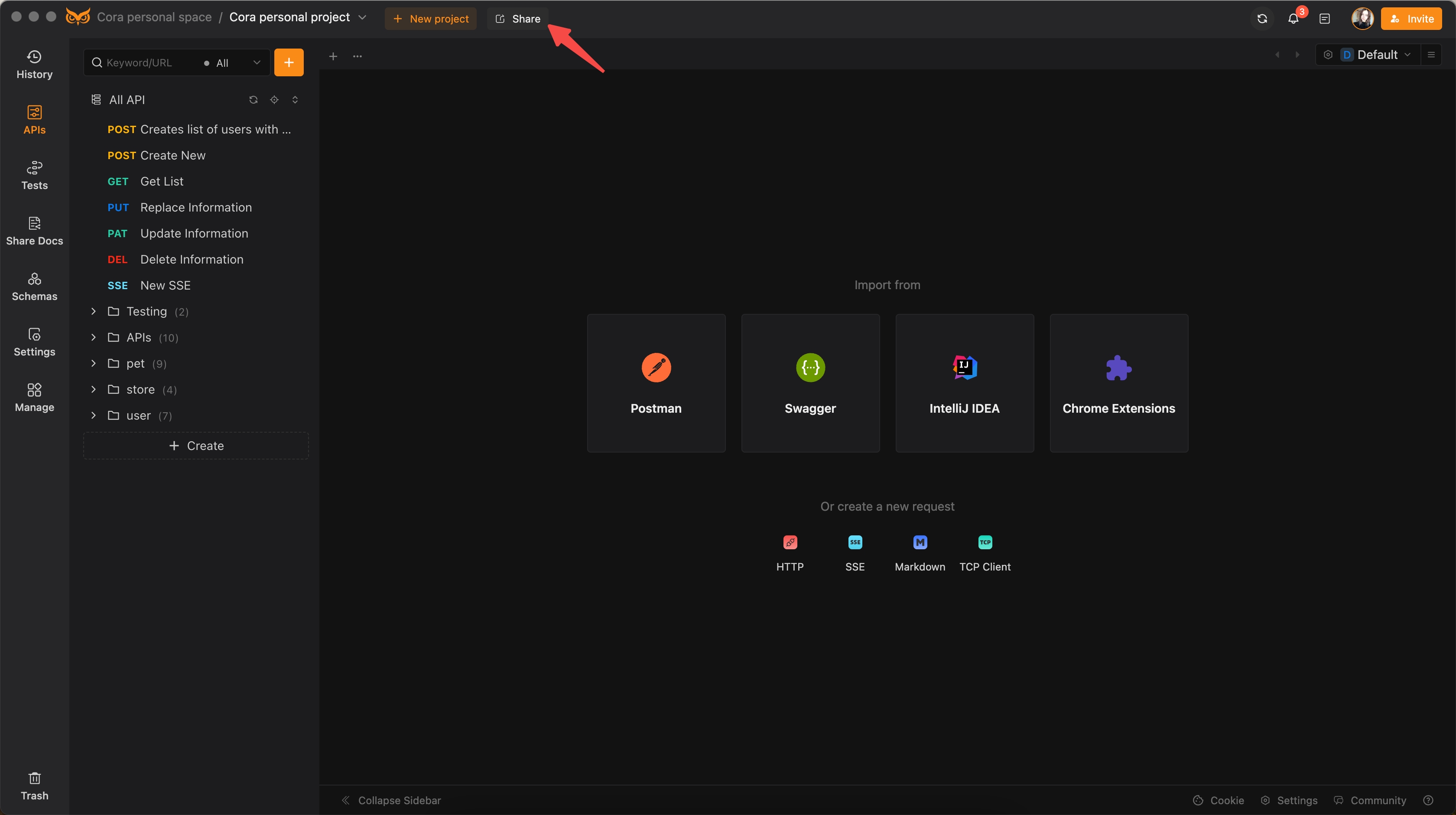
Document Security and Customization
EchoAPI provides robust security features, allowing you to set a password to protect your documentation, ensuring only authorized individuals have access. Additionally, you can personalize your documentation with a custom logo, enhancing your brand visibility and giving your documents a professional look.

EchoAPI for IntelliJ IDEA
If you’re a developer using IntelliJ IDEA, you can download the EchoAPI for IntelliJ IDEA plugin. This plugin allows you to generate API interfaces directly from your code and instantly share them as documentation, all without needing to install a separate client. It’s incredibly lightweight and hassle-free.
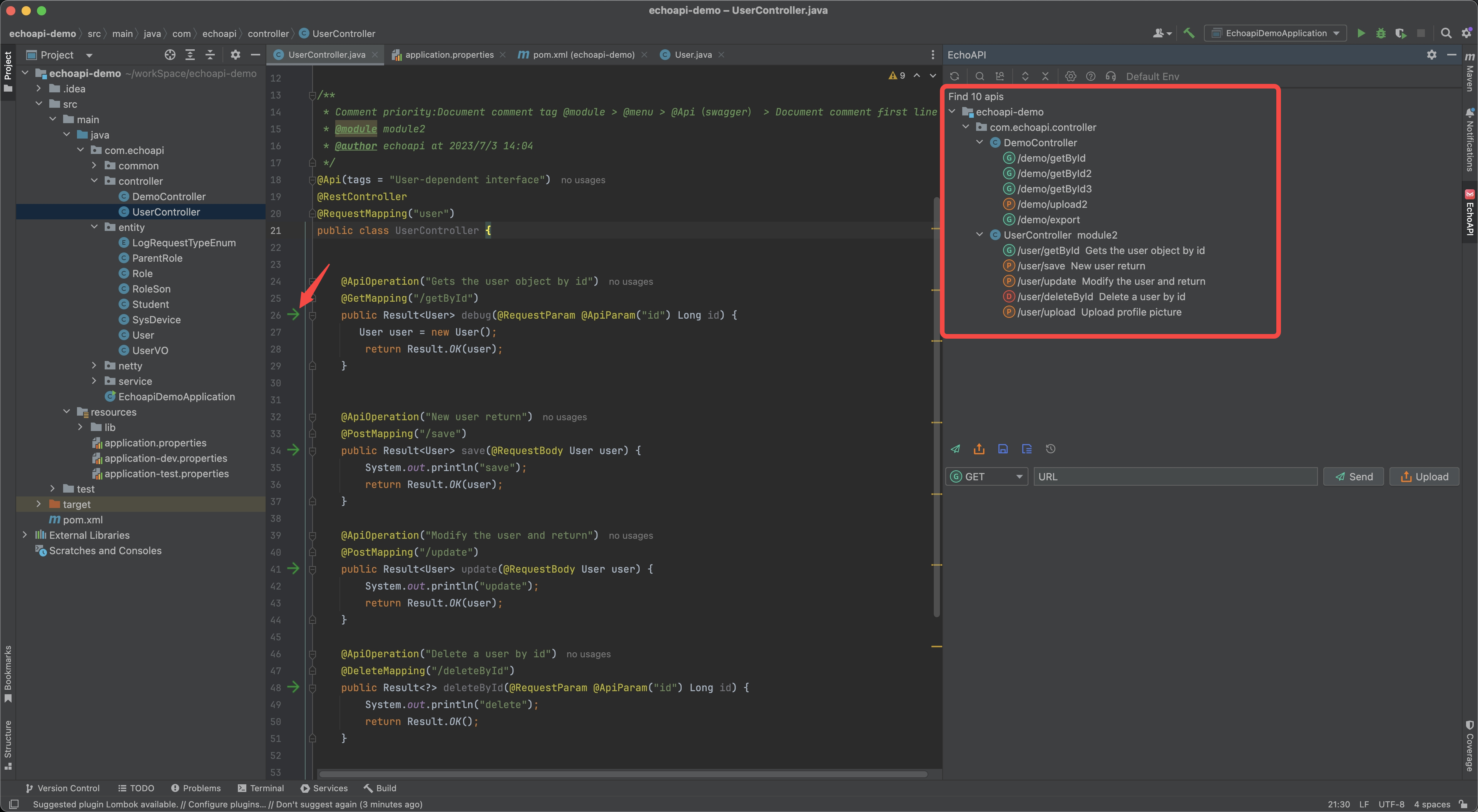
Simply sync your code and click "share" to effortlessly create and distribute your documentation.
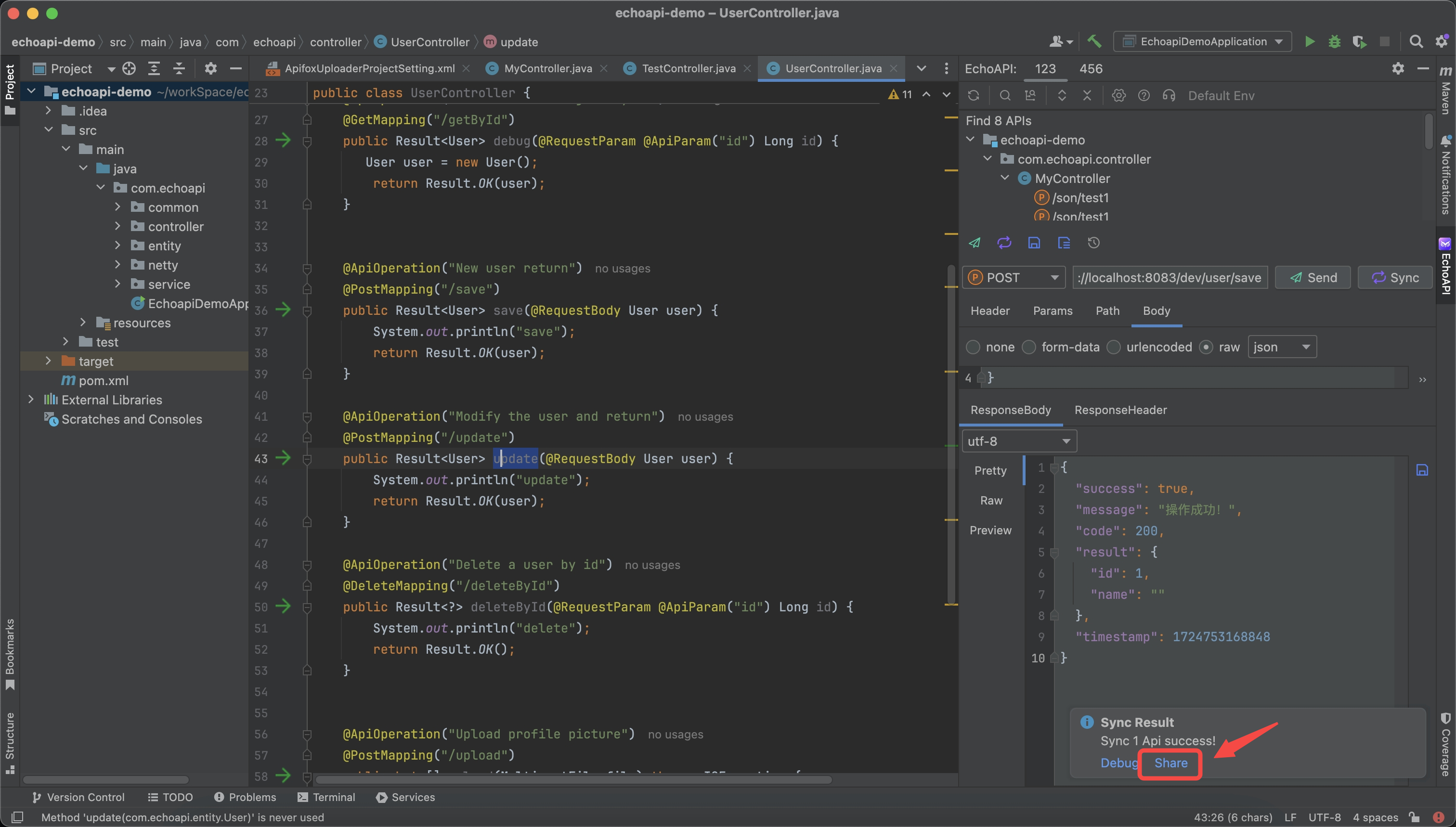
Conclusion
Understanding and utilizing x-nullable in Swagger is crucial for creating clear, flexible, and reliable API specifications. By explicitly managing property nullability, you can improve code readability, prevent errors, and provide better documentation for consumers. Incorporating EchoAPI into your workflow can further enhance your API development process by streamlining debugging, testing, and documentation efforts. By following best practices and leveraging powerful tools like EchoAPI, you contribute to developing high-quality, maintainable APIs.




 EchoAPI for VS Code
EchoAPI for VS Code

 EchoAPI for IntelliJ IDEA
EchoAPI for IntelliJ IDEA

 EchoAPl-Interceptor
EchoAPl-Interceptor

 EchoAPl CLI
EchoAPl CLI
 EchoAPI Client
EchoAPI Client API Design
API Design
 API Debug
API Debug
 API Documentation
API Documentation
 Mock Server
Mock Server







